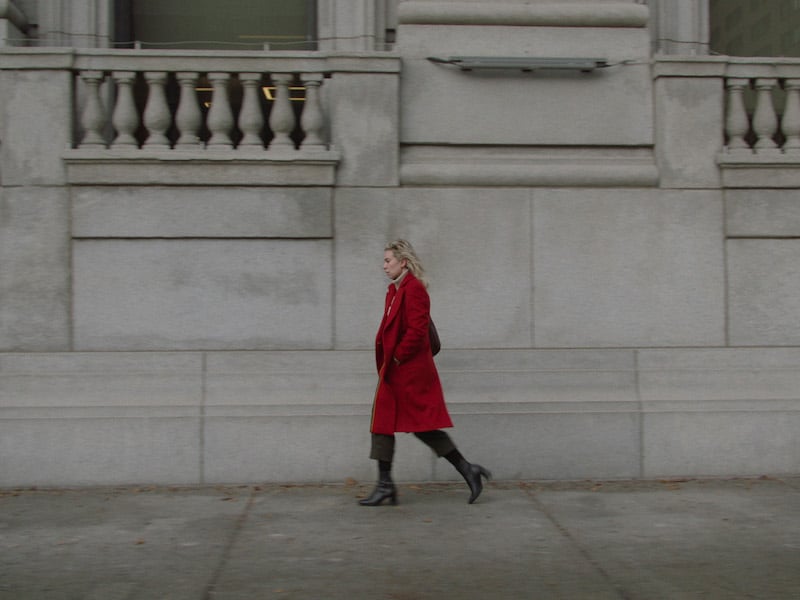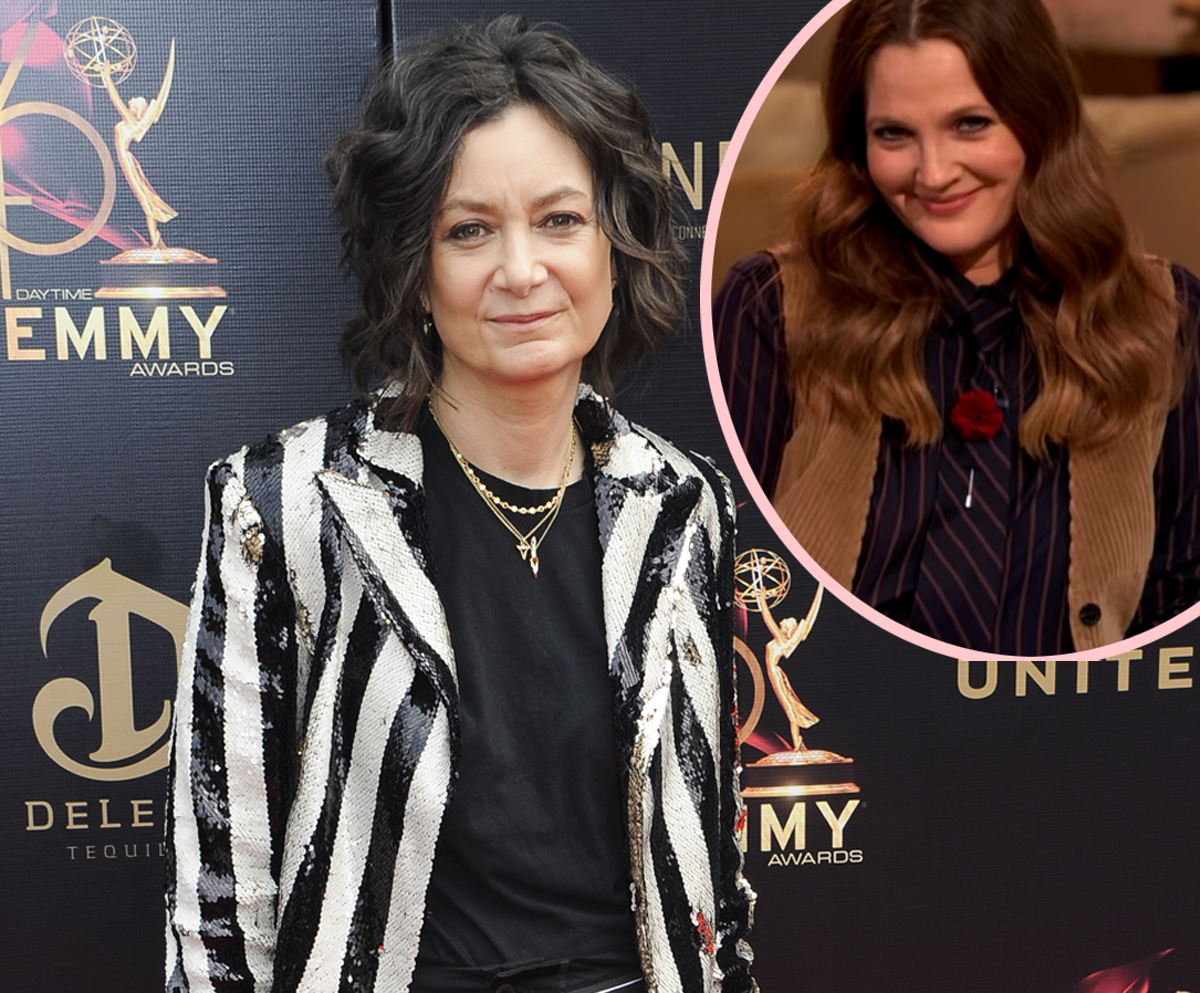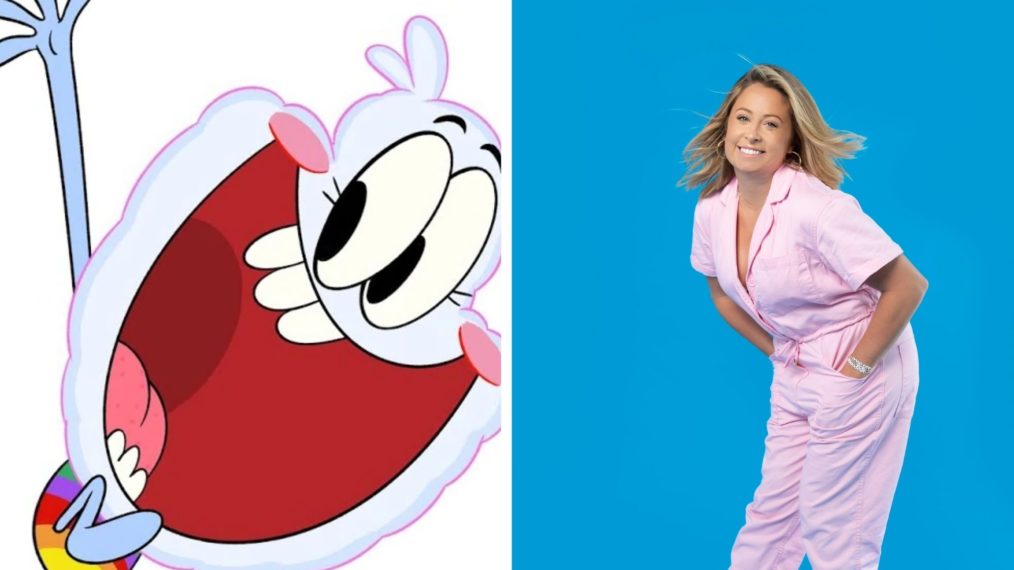#The Real Story and the Ending of ‘Pieces of a Woman’ Explained

“#The Real Story and the Ending of ‘Pieces of a Woman’ Explained”
Ending Explained is a recurring series in which we explore the finales, secrets, and themes of interesting movies and shows, both new and old. This time, we look into the origins and the meaning of the ending of Pieces of a Woman.
The most remarkable scene in Netflix’s Pieces of a Woman comes at the beginning of the film and involves an impressively choreographed and performed single-take shot that’s more than twenty minutes in length. But what about the film’s final scene? That is also worth talking about, especially in contrast to the earlier moment. But let’s take a moment to discuss the drama, including its premise, origins, and themes, before delving into spoilers.
Written by Kata Wéber and inspired by her own miscarriage, Pieces of a Woman is a portrait of grief following a mother, Martha (Vanessa Kirby), whose baby dies within minutes of being born. The film is directed by Wéber’s husband, Kornél Mundruczó, who convinced her to write about their experience in the form of a fictionalized theatre play after seeing a bit of dialogue in her notebook. They then adapted that play, translating it for their first English-language feature, and transplanted the story from Hungary to Boston.
After an intense and intimate first act depicting the tragic home birth, the film becomes slower and less compelling as we watch the main character coping not just with her loss but with the people around her telling her how to cope. Her relationship with the baby’s father deteriorates. She’s made to testify in court against the midwife (Molly Parker) held criminally responsible for the death. She clashes with her Holocaust-survivor mother (Ellen Burstyn) over the burial plans and Martha’s inability to pick her head up and move on.
Eventually, Martha lets her partner go, excuses the midwife of wrongdoing, and finds peace on her own terms. In the end, the film flashes forward to a new era in her life. We see a little girl climbing a tree and then see Martha come to retrieve her, calling her endearing names that indicate she’s her daughter. We don’t know who the father is. We don’t know anything else about their life. And that seems to be the intention.
Compared to the early long-take, in which we’re all up in Martha’s business, now we’re held at a distance, spying through the branches at her graying hair as she calls her daughter down from the tree. Throughout the film, Mundruczó is deliberate in the vantage points he provides the viewer when it comes to his main character, particularly regarding the distance between her and other characters and also when it comes to our closeness to her.
Despite the film being autobiographical in origin (Wéber also comes from a Holocaust survivor family), there don’t seem to be any clues to the dreamlike ending in Mundruczó and Wéber’s life. They’d already had one child when their tragedy occurred, and while Wéber admits to leaving her husband and their daughter afterward for some alone time, she obviously returned.
“I had to go away to really express myself, far away from my daughter and far away from Kornél,” Wéber explains to AnOther magazine. “I felt that my body had been taken away from me because there were all of these people around [expressing their opinions on the miscarriage]. My body wasn’t mine. I had to regain it back through writing, which was like therapy for me.”
The filmmaking couple hasn’t had another child since then, either. And the court case is based on a major news story in Hungary of a midwife, but she was involved in multiple babies’ deaths. Pieces of a Woman isn’t exactly Wéber’s personal experience with miscarriage and grief. She also researched and took from others’ stories in order to understand various ways in which women deal with the same sort of trauma. And then break the silence for herself and all women in order to shatter the taboo of this subject matter.
As for the apple tree that is most prominent in the final scene and through the end credits, there is significance there as well. Apples are a recurring motif throughout Pieces of a Woman. Martha is seen buying them, eating them, grabbing a finished and decaying apple at the very instant that her relationship with her partner is similarly done with and rotten, and paying mind to the metaphorical apple seeds, which she attempts to cause to sprout in the refrigerator — and at the end, they do begin to do so.
The full, strong, blooming, and fruitful apple tree at the end is a symbol of Martha’s own growth and strength and her ability to bear another child. Maybe that’s an unfortunate ending when put so bluntly yet naturally that Martha is merely a vessel for generation, like an apple with its seed sprouting another tree filled with apples, and so on. Or maybe that’s a satisfying ending for Martha’s healing process, with a new life of her own, whether there’s a child that’s a part of it or not.
“Someone has to find her own or his own personal way how to grieve,” Wéber explains to Awards Watch. “Someone can find her better self by going through this and really to appreciate the change. So the ones who are left behind, they are not there. They are moving there. There is a huge transformation, and it’s a new life. Actually, when someone goes through such an experience, such a tragedy, you have to accept that you’re not the same anymore, and you cannot gain back your previous life, but there will be another one.”
If you liked the article, do not forget to share it with your friends. Follow us on Google News too, click on the star and choose us from your favorites.
For forums sites go to Forum.BuradaBiliyorum.Com
If you want to read more Like this articles, you can visit our Social Media category.




